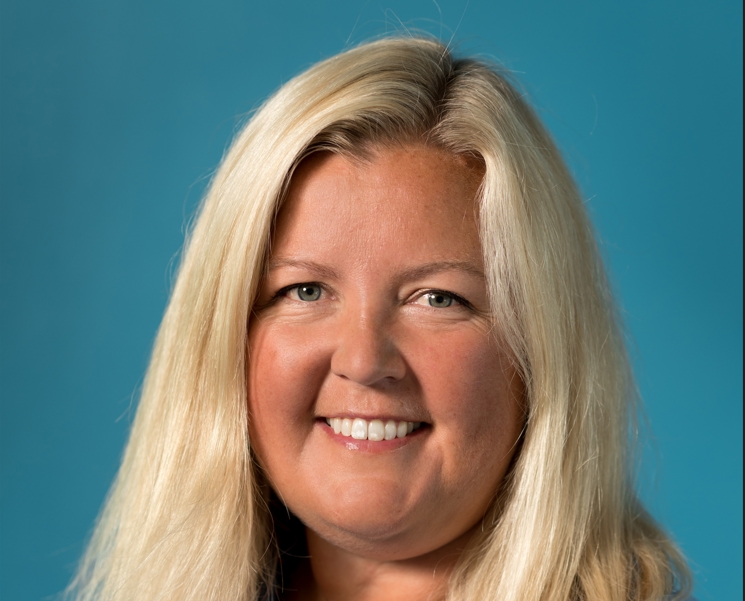Name: Kari-Lise Rørvik
Position: Head of Secretariat for CLIMIT
Age: 45
Civil status: Married, three children and a foster child
Education: PhD in marine geology from the University of Tromsø, studying natural climate variations in the past
Professional practice: Research position at the University of Tromsø. Consultant/exploration geologist at Ross Offshore. Has worked at Gassnova for two periods. In the first, as a consultant responsible for geological analyses of storage areas; the last six years on the CLIMIT programme as special adviser for projects relating to the storage of CO2.

